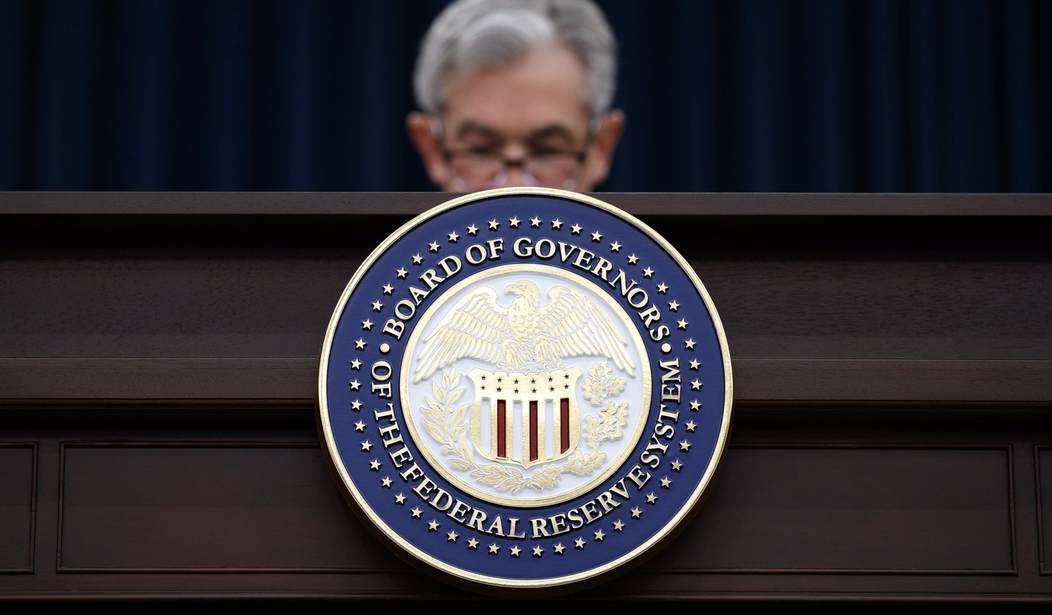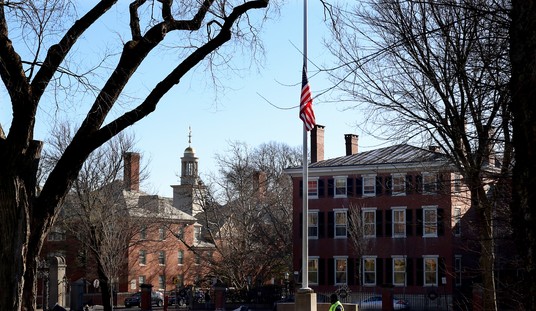On Wednesday, the Federal Reserve unanimously approved a quarter percent interest rate hike, taking borrowing costs to the highest level they have been since 2001.
The Federal Reserve on Wednesday approved a much-anticipated interest rate hike that takes benchmark borrowing costs to their highest level in more than 22 years.
In a move that financial markets had completely priced in, the central bank’s Federal Open Market Committee raised its funds rate by a quarter percentage point to a target range of 5.25%-5.5%. The midpoint of that target range would be the highest level for the benchmark rate since early 2001.
The hike reflects the latest effort on the part of the Fed to rein in inflation.
These points indicate the Federal Reserve’s efforts to manage inflation and economic growth through interest rate adjustments and other monetary policy measures. The Fed is closely monitoring economic data to determine future moves and is currently focused on managing inflationary pressures while ensuring economic stability.
The post-meeting statement highlighted a data-dependent approach for future moves rather than a set schedule.
This will be the 11th time since March of 2022 that the Fed has raised rates as part of a tightening process. Fed Chairman Jerome Powell indicated that more could come, as he expressed concerns about mitigating high inflation. In his Wednesday press conference right after the meeting, Powell said, “We’ve covered a lot of ground, and the full effects of our tightening have yet to be felt.”
Powell’s summary leaned optimistically toward this move having a positive effect.
Fed officials have made progress in that fight, but they haven’t reached their target. In June, the bankers signaled they could boost rates by a quarter-point two more times before year’s end to achieve that goal.
But rate hikes take time to produce results and can trigger a recession. For some economists, that’s a reason for the Fed to hold rates steady after Wednesday’s move.
However, some economists say July’s rate hike will be the last one of this cycle, citing progress on inflation and a slowing economy.
Powell wound down his remarks by saying,
The Fed’s monetary policy actions are guided by our mandate to promote maximum employment and stable for the American people. My colleagues and I are acutely aware that high inflation imposes significant hardship as it erodes purchasing power, especially for those least able to meet the higher cost of essentials, like food, housing and transportation. We are highly attentive to the risk that high inflation poses to both sides of our mandate and we are strongly committed to returning inflation to our two percent objective.














Join the conversation as a VIP Member